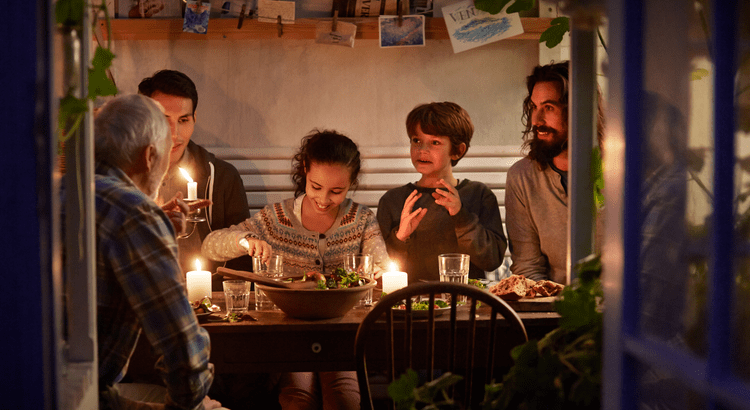The #1 Reason People Move: To Be Closer to Family and Friends
Have you ever thought about packing up and moving to be closer to the people who mean the most to you? Maybe you’re tired of long drives to see your...
Manage your everyday finances with convenient accounts, flexible cards, and personalized service designed to fit your life.
At First Federal Bank, we offer flexible mortgage solutions for almost any situation, helping you secure the right financing for your dream home.
Business banking offers secure financial management, streamlined transactions, credit options, and tools to help businesses grow efficiently and sustainably.

 Old homes can be attractive to buyers because they often boast lower selling prices than new homes, offer unique character not found in new builds, and give buyers a chance to restore something to its former glory or make it all their own. With all the good old homes bring, they also bring some worrisome attributes. If you are looking at buying an old home, consider these issues before you sign the contract:
Old homes can be attractive to buyers because they often boast lower selling prices than new homes, offer unique character not found in new builds, and give buyers a chance to restore something to its former glory or make it all their own. With all the good old homes bring, they also bring some worrisome attributes. If you are looking at buying an old home, consider these issues before you sign the contract:
Systems may need an overhaul
Typically, everything in an old home is, well, old, including vital systems such as electrical and plumbing. Not only are old homes not compliant with current safety standards, their existing systems may be faulty and need to repaired or replaced completely, which can be an expensive, time-consuming endeavor.
“Older homes used galvanized pipes, which, unlike modern copper pipes, are rust-prone, and over time will break down. Expanding tree roots also break up pipes. For homes built before sewer systems, cesspools can overflow,” according to Elizabeth Weintraub, writer for TheBalance.com.
The roof might provide inferior protection
Not only do you need to inspect the interior integrity of an old home, you should also review the outside structure, starting with the roof. Roofs take a constant beating from harsh weather, and even a roof on a new home can become damaged. Most likely, if the roof on the old home you’re looking at is old, too, it may have leaks that cause water damage, an infestation of critters, or lack the necessary insulation you need to be comfortable year-round, according to Brian Martucci, writer for MoneyCrashers.com.
“Unless the seller put the roof on, they might not be aware of when it was installed, so consider hiring a roof inspector ($100 to $600) if there are obvious signs of wear,” he adds.
Rules and regulations may apply
If you’re looking at a home that is deemed, “historical” or is in a neighborhood with a homeowners association, you may have to rethink your design or renovation plans. Just because you are planning to own the home doesn’t mean you will have complete freedom to do what you want with the structure.
“If the home is part of a historic district or has a famous name attached to it, there may be rules about the modifications you can make. These usually crop up at the local level,” according to Kate Wood, writer for Nerdwallet.com.
You may have a lot of red tape to navigate through based on the restrictions from the HOA, the city, or the neighborhood, if you plan to make any changes.
What lies beneath can be dangerous
Try hard to ignore the crown moldings, hardwood floors, mature landscaping, and built-ins, and focus on what lies behind, beneath, and above all that character. An old home may have stood the test of time, but it may be worse for the wear, and most of the damage could be hiding from the naked eye. That’s why it’s so important to get an inspection.
“Even well-maintained older homes can present problems that owners of newer homes simply don’t need to deal with. These include health hazards such as asbestos and mold, serious pest problems that can lead to structural issues, and issues with utility systems like wiring and plumbing,” according to Martucci.
There is a lot to love about buying an old home; you may get a piece of history, score a large lot, or get a bargain that makes home ownership possible. Just be sure that you know exactly what you’re buying with a thorough inspection and an understanding of what needs to be fixed and what can be changed to determine if it’s a smart buy for you.

Have you ever thought about packing up and moving to be closer to the people who mean the most to you? Maybe you’re tired of long drives to see your...

When you think about working out in the summertime, swimming might come to mind. It's an excellent form of exercise. Or maybe you are considering...

It’s easy to get crossovers and SUVs confused. Some vehicles, like the Toyota Highlander and Nissan Murano, are referred to as both interchangeably. ...